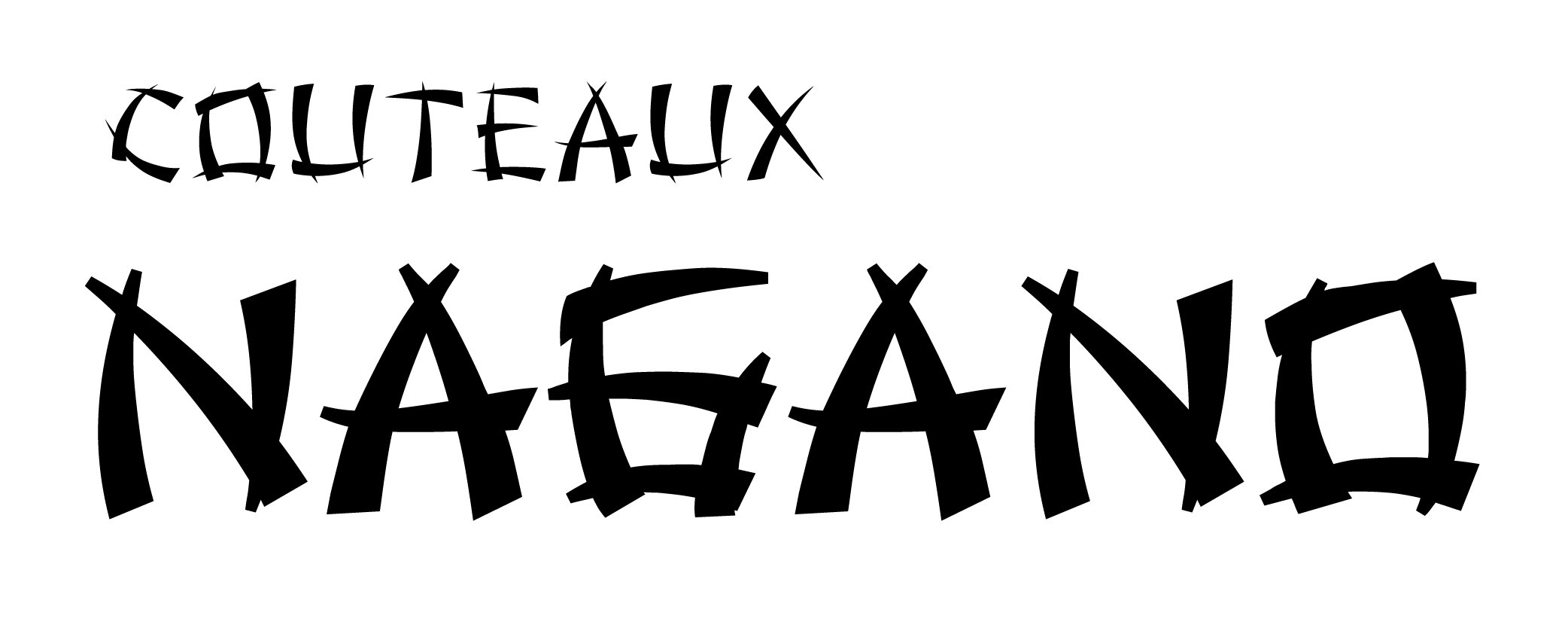To sharpen your kitchen knives, it is necessary to prepare your sharpening stones, your stone stand and to have a place to sharpen. In this article, information on how to sharpen your knives.
Getting ready:
Sharpening stones, a stone support and water are absolutely necessary when sharpening. To avoid cross-contamination of particles from different stone grains, which can prevent the desired sharpness, it is ideal to sharpen in a place where water is easily accessible, such as on the side of the sink. If access to water is limited, the use of a container filled with water is an option.
Different stones and what to buy:
The number of grains of a whetstone is determined by the number of particles in an area of 2.5 cm x 2.5 cm. The smaller the number of grains, the coarser the stone and conversely, the smaller the particles, the higher the number.
Stones with grains #80-#320 (Ara-to, "coarse") are mainly used to repair splinters or to correct geometric distortions. They are rarely used at home. Stones with grains #400-#2000 are Naka-to (medium stones). Most people at home want to use a medium stone for sharpening. Stones with more than 3,000 grains are Shiage-to (finishing stones). They are used to polish the surface of the edge to prolong its cutting performance.
Recommended stones to start with are Naka-to and Shiage-to. For regular sharpening to keep the edge as sharp as possible, a finishing stone (Shiage-to) is recommended. With a finishing stone it is more difficult to break the edge or damage the blade. They can therefore be used by beginners in sharpening. We therefore recommend Ara-to for the experienced.
For sharpening, it is important to start with the medium stones and finish with the finishing stones.
The importance of a stone with a straight surface
One of the most important parts of sharpening is the flattening of the stone surface. During sharpening, the surface of the stone becomes black. This is due to metal particles that accumulate on the surface of the stone, while the stone itself deforms at the same time. The cutting of the stone surface continues during the sharpening process, and a curved stone surface makes the edge of the stone rounded. Before you begin to understand how to improve your sharpening techniques, first focus on keeping the surface of the stone flat. This will improve the final result. There are several ways to flatten the surface of a stone. Some of the most common methods are to use a diamond plate, a thick glass plate with sandpaper, or a Truing Stone.

Posture and angle:
Keep the elbows flexible and use shorter movements to keep the blade angle stable. It is also highly recommended to keep the knife in the same hand to do both sides of the sharpening. The angle is the most important detail in sharpening. Always observe the knife before each sharpening. Each knife is built differently or is of a different size. The angle of the knife can be observed when the edge of the knife is flat on the sharpening stone. In general, Japanese knives require an angle of 15 degrees for proper sharpening. We must reproduce this angle exactly on each part of the knife. The position of the fingers is also a very important detail when sharpening. The index and middle fingers of the free hand must at all times, by putting pressure, follow the part of the knife to be sharpened.
How long to sharpen:
A common question about sharpening is how long it takes to sharpen. The answer to this question is simple: until a burr, or morfil, is formed. Burrs are tiny folds of metal that develop on the opposite side of the edge to be sharpened. However, a knife will not cut well if the burrs remain on the blade. Sharpening is not complete when the burrs remain on the blade. Therefore, sharpening is complete when the burrs are removed by newspaper or other methods such as ceramic honing rods.
Our star product:
Bester, Combinaison #1000-#6000

Bester brand Japanese ceramic powder water whetstone, made in Japan.
The combination stone #1000-#6000 is the ideal model to sharpen even your knives at home. The stone comes with a silicone stabilizer to prevent the stone from moving on the workspace.
Want to sharpen at home? This model is the #1 recommended choice.
Its size is 205x75x25mm, which is very large compared to the competition. This stone will probably be good for the rest of your life.

